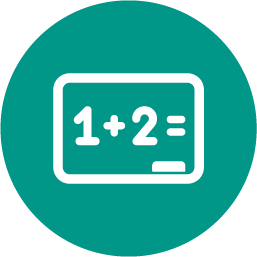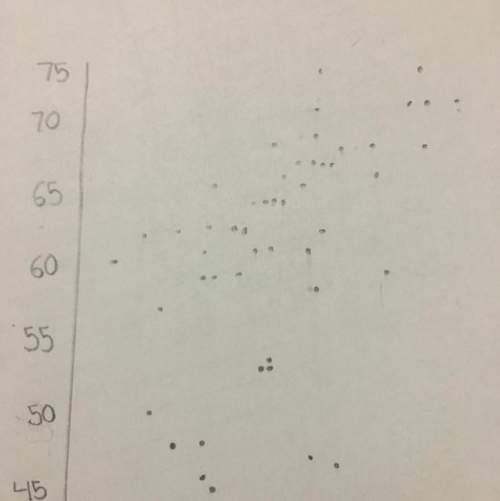
Mathematics, 22.01.2021 18:20 Levantine3667
John, Debbie and Sam are discussing real, imaginary and complex numbers. PART A) John states that the product of two real numbers is a real number. Extending this to imaginary numbers John states that the product of two imaginary numbers must be imaginary. Is his statement correct? B) Sam tells the others that when multiplying a complex number by its conjugate, the solution will NOT be a real number. Is Sam's statement correct? PART C) Debbie showed John and Sam her solution to a homework problem. Looking at her final answer, John stated there must be a mistake. How did John know there was an

Answers: 1


Another question on Mathematics


Mathematics, 21.06.2019 18:10
What is the ratio for the surface areas of the cones shown below, given that they are similar and that the ratio of their radil and altitudes is 4: 3? 23
Answers: 1

Mathematics, 21.06.2019 23:40
Which is the scale factor proportion for the enlargement shown?
Answers: 1

Mathematics, 22.06.2019 02:00
1.3.4 practice : modeling: solving linear equations in this assignment, you may work alone, with a partner, or in a small group. discuss the results of your work and/or any lingering questions with your teacher. your assignment: road trip you're taking a scenic road trip down ca-highway 1 from san jose, california, to los angeles. you plan to split the drive into two days, stopping for one night. choose one town to stop in, and find the driving distance for the second day. 1. circle the town you chose to stop in. (1 point) santa barbara: an image of palm trees san luis obispo: an image of a church 2. why did you choose this town? (1 point) 3.what do you know? .what do you want to find out? .what kind of answer do you expect? define the variable. 4. what is the variable x for this problem? (1 point) write the equation. 5. write an equation showing that the distance traveled on the first day plus the distance traveled on the second day is equal to 425 miles. (4 points: 2 points for each side of the equation) isolate the variable. 6. what inverse operation do you need to perform on both sides to isolate x in the equation? (2 points: 1 point for the correct number, 1 point for the correct operation) solve the equation. 7. solve the equation for x. interpret the answer in terms of the problem. (2 points: 1 point for the solution, 1 point for the interpretation) check your solution. 8. to confirm that your answer is correct, add the two days' distances. this should equal the total distance from san jose to los angeles. show your work as an equation. (3 points: 1 point for the setup, 2 points for the correct answer)
Answers: 3
You know the right answer?
John, Debbie and Sam are discussing real, imaginary and complex numbers. PART A) John states that th...
Questions

Computers and Technology, 14.09.2019 05:30

Computers and Technology, 14.09.2019 05:30

Computers and Technology, 14.09.2019 05:30

Computers and Technology, 14.09.2019 05:30

Computers and Technology, 14.09.2019 05:30

Computers and Technology, 14.09.2019 05:30

Computers and Technology, 14.09.2019 05:30

Computers and Technology, 14.09.2019 05:30

Computers and Technology, 14.09.2019 05:30


Computers and Technology, 14.09.2019 05:30

Computers and Technology, 14.09.2019 05:30

Computers and Technology, 14.09.2019 05:30

Computers and Technology, 14.09.2019 05:30



Computers and Technology, 14.09.2019 05:30

Computers and Technology, 14.09.2019 05:30

Engineering, 14.09.2019 05:30

Engineering, 14.09.2019 05:30




